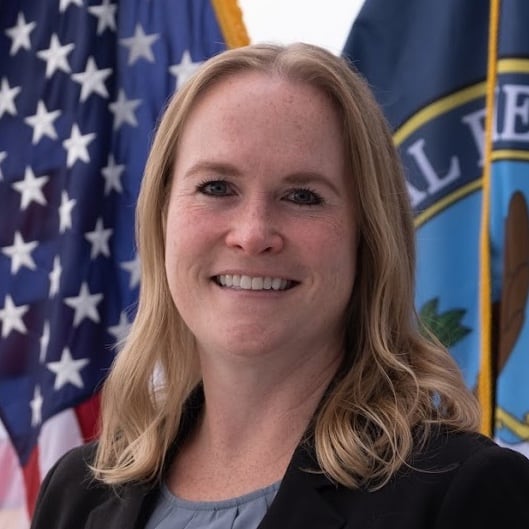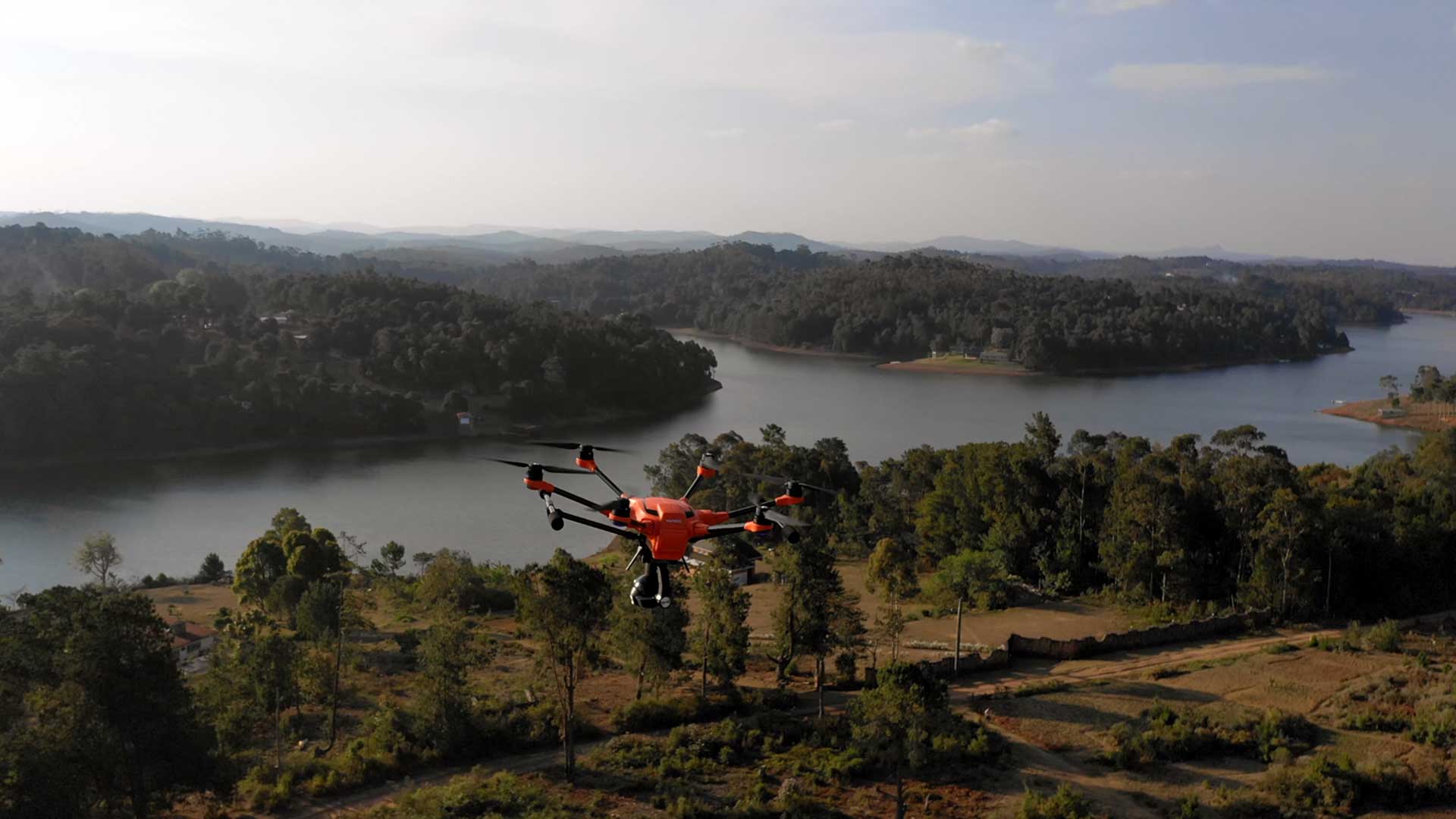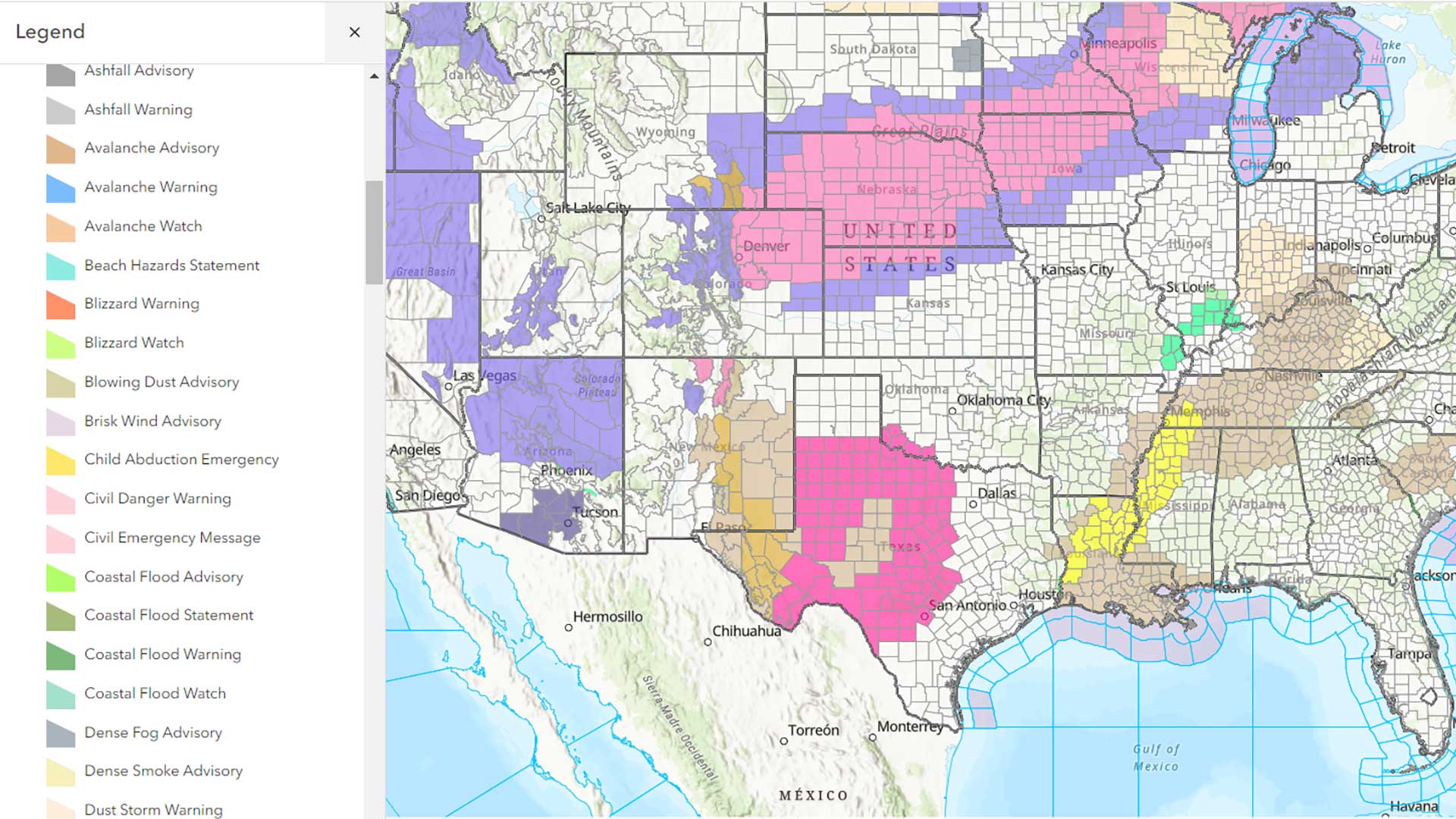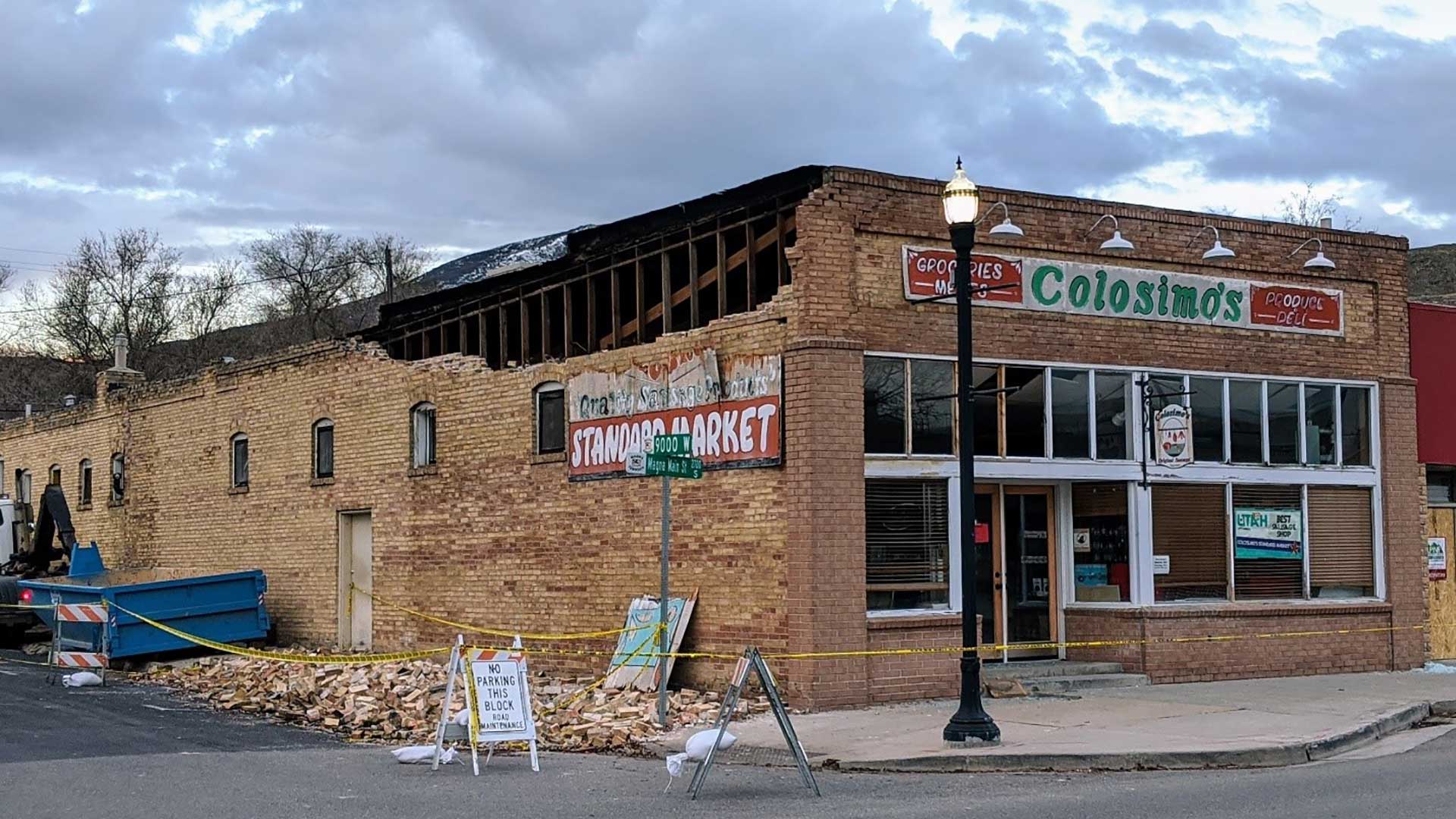THE Federal Emergency Management Agency (FEMA) mandates that every US state create a five-year hazard mitigation plan that gives priority to community vulnerability and climate forecasts. Instead of producing a 500-page report, the Florida Division of Emergency Management (FDEM) is meeting this FEMA mandate in a new way by employing interactive maps to make the plan more user-friendly.
“We met with local jurisdictions, and they told us they didn’t find the previous plan useful, which is a dagger to our heart for this huge five-year effort,” said Kristin Lentz, the mitigation planning manager at FDEM.
To meet FEMA’s directive by the August 2023 deadline, the FDEM team applied GIS analysis of hazards, climate, and social vulnerability. To make the plan more intuitive, Lentz worked with Dan Rydl, GIS manager at FDEM, to incorporate digital maps. They built the site using ArcGIS Hub to organize information and ArcGIS StoryMaps to provide narratives.
What was once a hefty PDF is now a website with data-rich maps and insightful narratives. FDEM will continue updating the site’s open data and analytical guides for counties and municipalities.
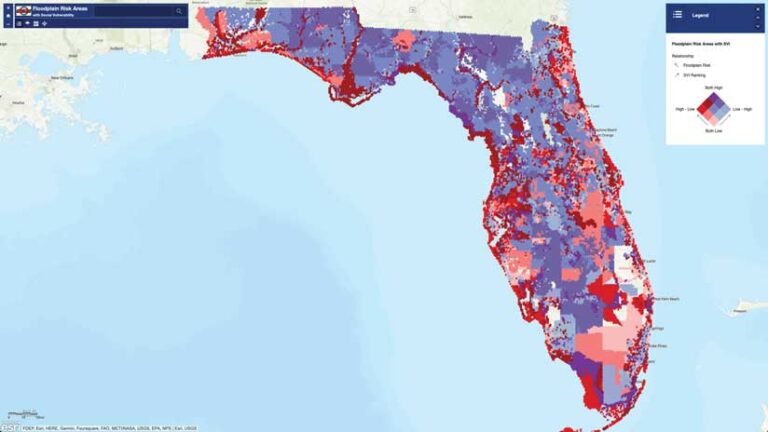
Mitigation Projects through a Lens of Vulnerability
State hazard mitigation projects can include retrofitting critical facilities such as schools and hospitals to better withstand hazards such as high winds, flooding, and extreme heat. The work entails hardening infrastructure such as electrical and telecommunications networks to uphold power and internet connections. Other hazard mitigation projects include increasing drainage and, in some cases, elevating homes in areas that experience repeat flooding to mitigate stormwater hazards.
After a major event, FDEM assesses the damage to determine how mitigation projects can reduce property loss and save people from harm.
“The loss avoidance reports help us with storytelling and getting buy-in for more projects,” Lentz said. “In mitigation, projects utilize effective resilience techniques to improve future outcomes, which can be highlighted through these reports.”
In a similar way, FDEM uses maps to show communities in need of more help and areas where hazard risks are highest. With more mapping, a more comprehensive picture of risk in Florida emerged. For instance, analysis of some natural hazards, such as extreme heat, revealed social vulnerability along the center of the state.
“We mapped risks and hazards and draped social vulnerability on top of that,” Rydl said. “Almost everybody that looks at the hazard vulnerability map pauses and wants to talk about it because they understand hazard risk in a new way. Regardless of the hazard, it opens your eyes to the more challenged and impoverished areas. People assume that the coast is the most vulnerable, but that’s not always the case.”
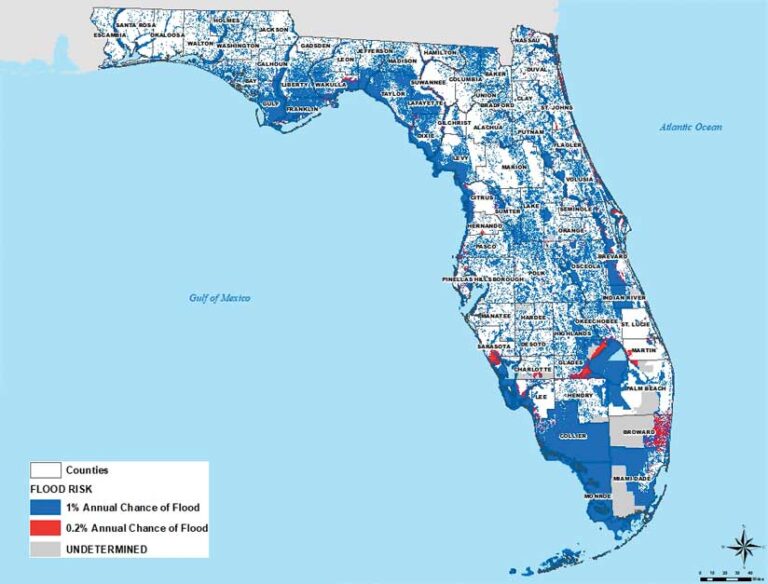
Forecasting and Collaboration Mark a Path Forward
For the previous five-year plan, Rydl and the FDEM GIS team provided maps. For this plan, he taught Lentz and her mitigation planning team how to make maps. They met every week for two years. Rydl trained the team members on GIS basics, and they applied the technology to all FEMA’s requirements.
Along the way, talent emerged on the combined GIS and planning teams. Some members were more comfortable making maps, others focused on narratives, and a few took on web development. “We picked up on that and built a really fun collaborative environment,” Rydl said.
One area of focus was climate vulnerability. Florida currently feels increased impacts from more frequent and intense natural hazards. These hazards include wildfires, extreme heat, drought, storms, heavy precipitation, and sea level rise. The state has seen more natural disasters than most, particularly during hurricane season, which runs June 1 through November 30. For 2023, National Oceanic and Atmospheric Administration (NOAA) forecasters near normal activity for the first time in seven years. If that holds true, it will pause an upward trend as extreme hurricanes have been on the rise over the last six years.
Hurricane Ian, which devastated southwest Florida in September 2022, is a sobering example. It caused more than $112 billion in damages and more than 150 deaths. According to NOAA, it is the third-costliest hurricane in US history. Without the mitigation measures then in place, the damage could have been worse. Assessment of damage from hurricanes guides future mitigation.
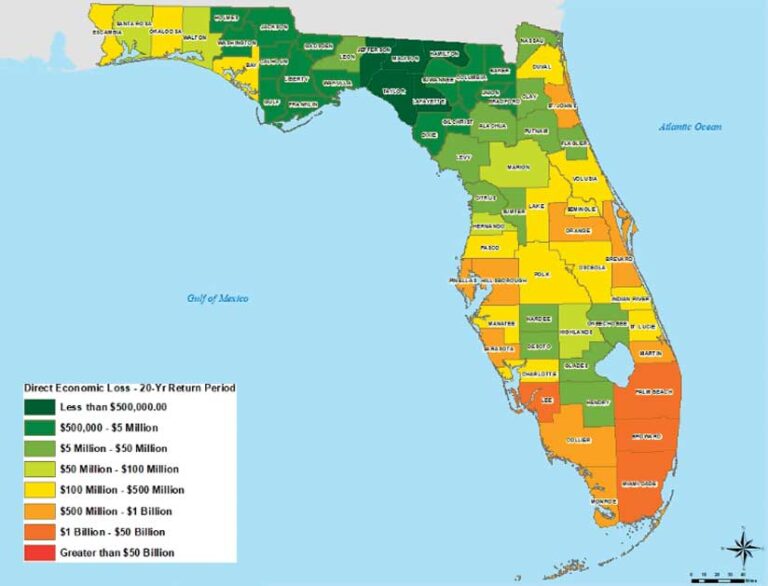
While many states have considered climate forecasts in their hazard plans in the past, the FDEM team knows how tightly mitigation aligns with climate resilience.
“We’ve done the research to understand impacts, but I think we can improve on visualizing what future conditions will look like here in Florida,” Lentz said.
Rydl is looking into risk forecast models to understand what’s coming. Meanwhile, Lentz and her staff are on their way to becoming GIS experts. “I think the GIS team has become a little more mitigation-y, and I think mitigation got a little more GIS-y,” Rydl said.
This year, the FDEM team is confident it’s built a product that’s more useful to the counties and municipalities that design mitigation projects.
“We created a tool that allows local jurisdictions to ask where dollars will best be spent,” Lentz said. “They can look at how successful projects are, but also at where they haven’t yet implemented mitigation.”
